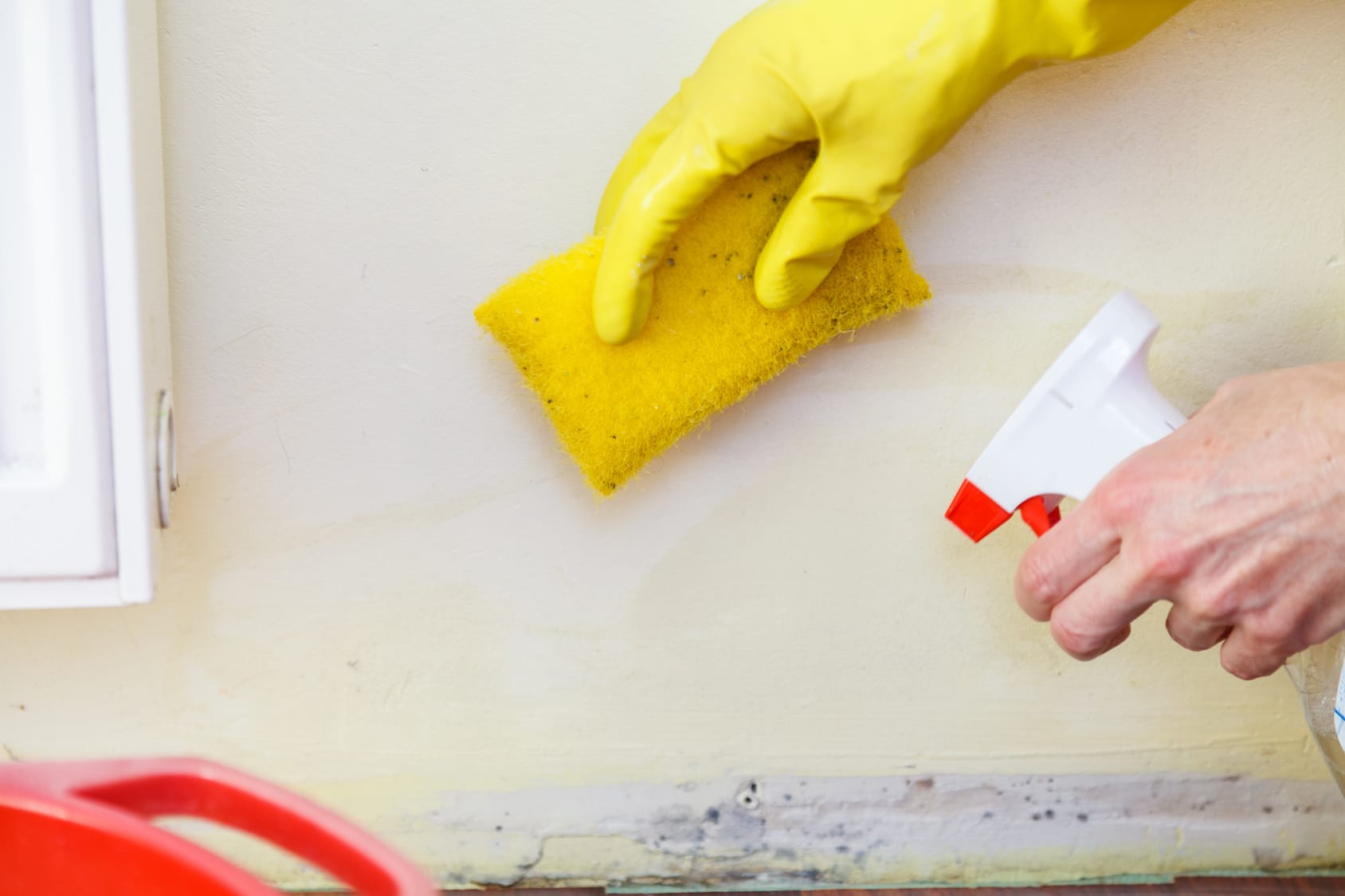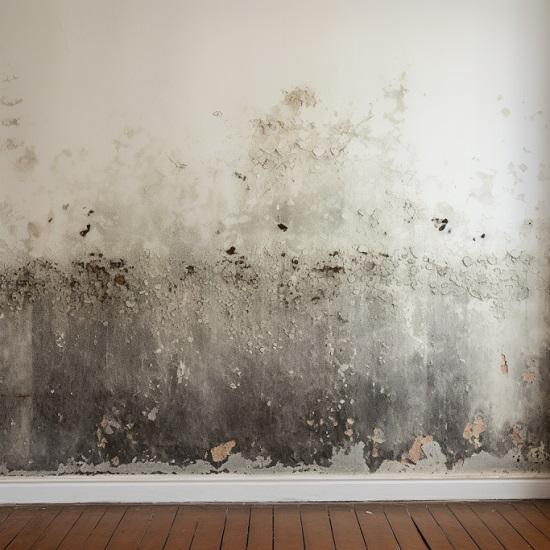Your Ultimate Guide to Post Mold And Mildew Removal Methods
Navigating the world of post-mold removal methods is a meticulous process that demands focus to detail and a comprehensive understanding of the complexities included. In the results of mold and mildew infestation, knowing exactly how to effectively remove the mold and mildew and stop its reoccurrence is paramount for preserving a healthy and balanced indoor environment. From choosing the appropriate cleaning and disinfecting techniques to implementing methods for lasting mold avoidance, each step in the remediation trip plays a critical duty in guaranteeing an effective result. As we start this expedition of post-mold removal techniques, we will uncover the vital approaches and finest methods that can assist you restore your space to its pre-mold problem and protect it versus future mold hazards.
Comprehending Post-Mold Removal Refine
After finishing the mold remediation process, it is important to recognize the post-mold removal methods that are needed to make certain a comprehensive and efficient cleaning. Once the mold and mildew has actually been gotten rid of, the next step entails cleansing and disinfecting the impacted areas to avoid any type of regrowth of mold. This consists of using specialized cleansing representatives to wipe down surfaces and kill any type of remaining mold spores. It is important to dry out the area totally to discourage the development of mold and mildew in the future (Post Remediation Inspection near me). Correct air flow and dehumidification can aid in this procedure.
Moreover, performing a final assessment post-remediation is essential to ensure that all mold has been effectively eradicated. If the examination reveals any type of sticking around mold and mildew, additional removal might be necessary.
Efficient Cleaning Up and Disinfecting Techniques

Stopping Future Mold And Mildew Growth

Significance of Proper Air Flow
Appropriate air flow plays an important role in protecting against wetness accumulation, a crucial consider mold and mildew growth within interior atmospheres. Effective ventilation systems assist remove excess moisture from the air, decreasing the chances of mold spores discovering the moisture they need to sprout and spread out. Without appropriate air flow, indoor rooms can come to be a breeding ground for mold and mildew, resulting in potential health and wellness risks and architectural damage.
By making certain proper air blood circulation, air flow systems can also assist in drying damp areas quicker after water damage or flooding cases, even more preventing mold and mildew development. After mold remediation. In this contact form spaces like shower rooms, attic rooms, cellars, and cooking areas where moisture degrees tend to be higher, installing and maintaining efficient air flow systems is crucial in preventing mold infestations

Monitoring and Upkeep Tips
Offered the critical role that proper ventilation plays in preventing mold and mildew development, it is vital to develop effective tracking and maintenance ideas to guarantee the ongoing capability of air flow systems. Tracking moisture levels within the residential or commercial property is likewise vital, as high moisture can add to mold growth. By staying conscientious and positive to the condition of air flow systems, residential property owners can efficiently reduce the risk of mold and mildew regrowth and keep a healthy indoor environment.
Verdict
In conclusion, post-mold remediation strategies are crucial for ensuring a secure and tidy atmosphere. Comprehending the process, applying efficient he said cleansing and sanitizing methods, preventing future mold and mildew growth, maintaining appropriate ventilation, and regular surveillance are all important action in the removal process. By following these standards, you can effectively remove mold and avoid its return, advertising a healthy living or functioning area for all residents.
In the aftermath of mold problem, understanding just how to effectively get rid of the mold and stop its reoccurrence is critical for keeping a healthy indoor setting. When the mold and mildew has been gotten rid of, the next step entails cleaning and decontaminating the affected locations to prevent any type of regrowth of mold and mildew - After mold remediation. After eliminating noticeable mold and mildew development, it is vital to clean all surfaces in the afflicted location to remove any type of remaining mold spores. To better enhance mold prevention steps, it is vital to address underlying problems that at first led to mold advancement.Given the important duty that correct ventilation plays in stopping mold development, it is great site crucial to develop reliable surveillance and upkeep ideas to ensure the continued functionality of ventilation systems